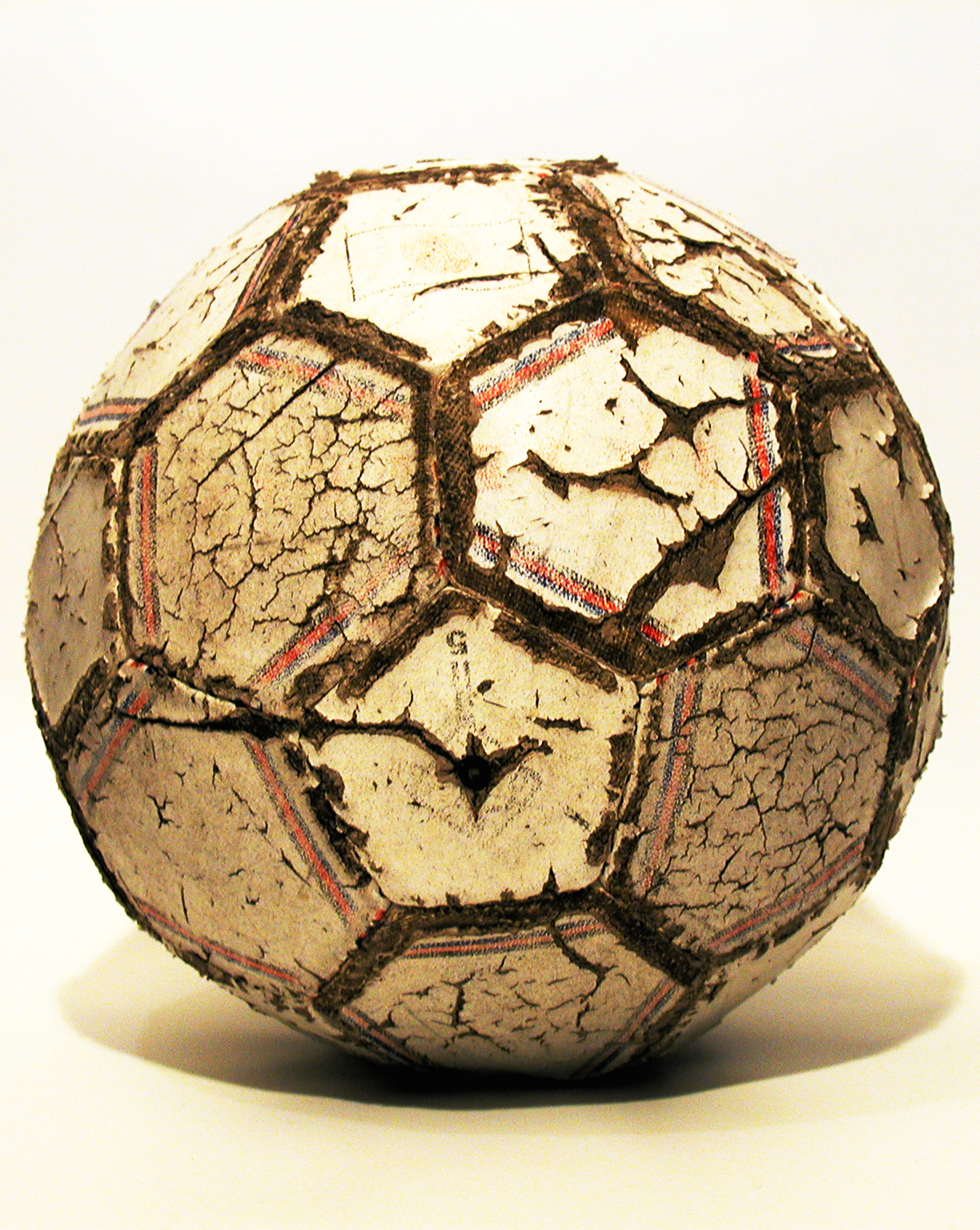
The 12.7-millimeter football
Nicholas Marsh with NISAT doesn’t criticize Norwegian arms politics very much. As far as he’s concerned it stands up quite well in international comparison. But nothing is perfect. There are the issues raised by exporting weapons to Turkey, but he realizes that it would be very difficult politically to refuse.
“Then there’s also the issue of the 12.7 mm ammunition produced by Nammo,” he says, “which, according to the Red Cross, contravenes a number of international humanitarian laws. Their tests show that it explodes when it hits people.”
In war, or so international law says, people should only be shot with bullets that are made of solid, fairly hard metal – for humanitarian reasons. That way, the bullet will pass through the body looking more or less like a bullet, minimizing the damage to the body and maximizing the chance of survival for the victim. This is as opposed to the hollow-tip or soft-lead ammunition required by most western countries’ hunting laws. Such a bullet flattens into a rotating blade when it hits something hard, for example bone, thus maximizing the internal damage, and killing the prey as quickly – and humanely – as possible, while preventing a winged and hurt animal from running away and surviving in pain. Marsh quickly dismisses attempts at comparison to any of the two types of ammunition.
“[The 12.7] is a hollow-point bullet that contains explosives,” he explains. “You can imagine what that does to a person? The issue is that it causes unnecessary injury.”
Unnecessary injury, indeed. One of his colleagues at PRIO, the Peace Research Institute, Oslo, (one of the three NGOs that started NISAT), has described the wound as being a hole the size of a football.
Most civilians who have ever seen one of the guns that use 12.7 mm ammunition in action, however, will raise their eyebrows at the thought of it being used against people. As a handgun it is impractical to say the least. It takes three soldiers, using both hands, to carry it at any reasonable pace through the woods, and it seems like an unlikely weapon to use in face-to-face combat. Nor is it intended for that. The gun’s, and the controversial ammunition’s, main purpose is for use against vehicles – armored vehicles.
“It takes some force to get through steel and lead like that,” says Sissel Solum for Nammo. “And then you need ammunition that has that force.”
Solum reemphasizes that the explosive ammunition is not for use against people, “but we can’t demand that someone uses it only against tanks and helicopters and such,” she says. “That’s beyond our reach.”
Solum thinks that one reason why the ammunition has become such a debated issue is that the weapon can quite technically be used as a handgun of sorts.
“And also, if you consider the price, I guess it could be used against people. You probably wouldn’t use a bazooka against a person…” she trails off, leaving the atmosphere saturated with offensive mental images of people shot with any other kind of anti-tank weapon.
“If we’re going to shoot not to hit,” she concludes, using a poorly chosen allegory for making a product that doesn’t do its job, “we may as well just close down.”



